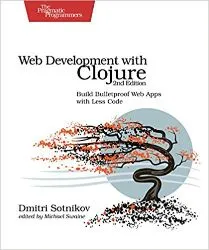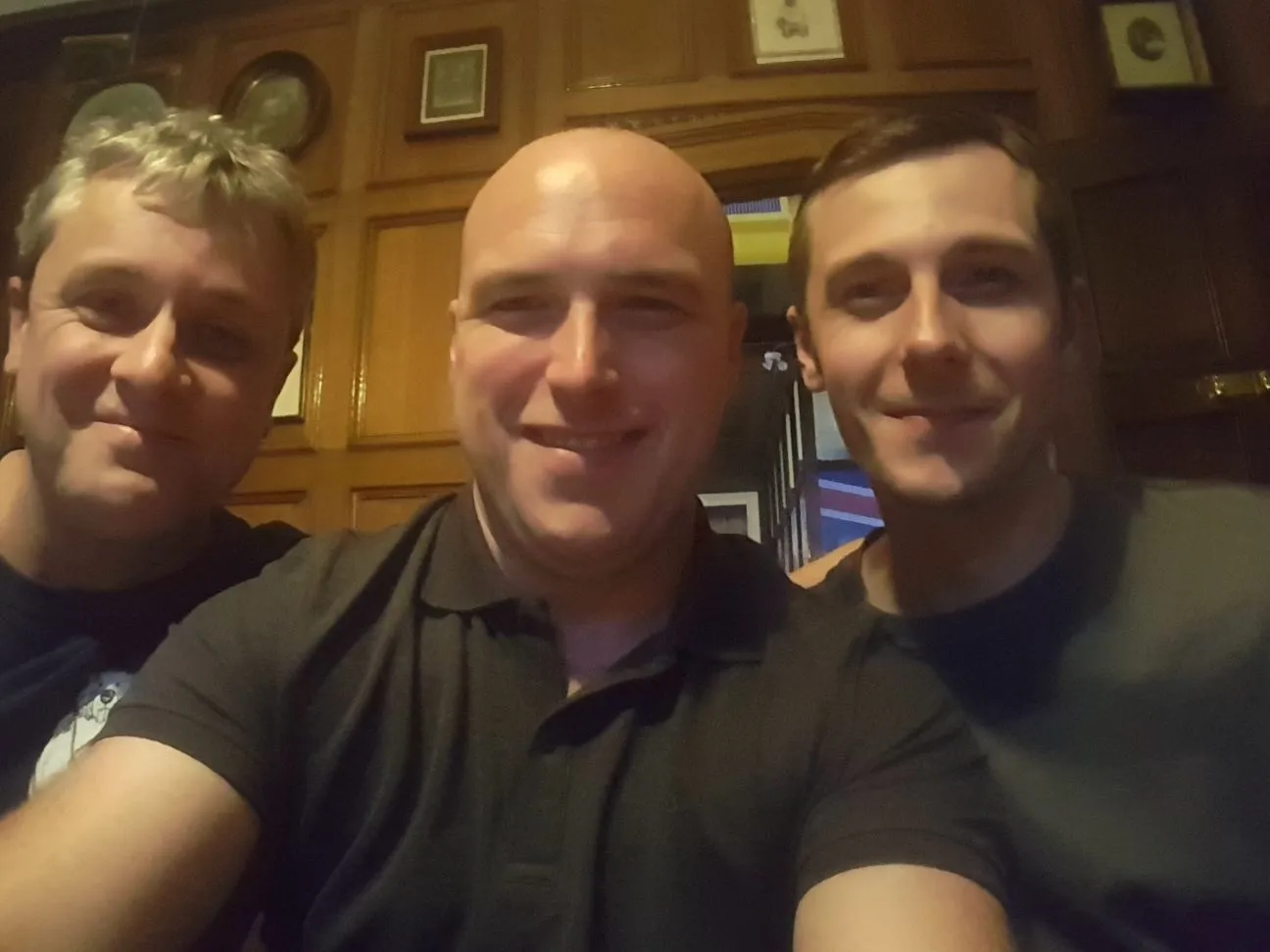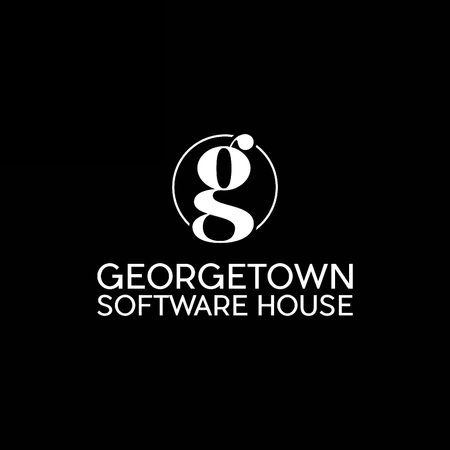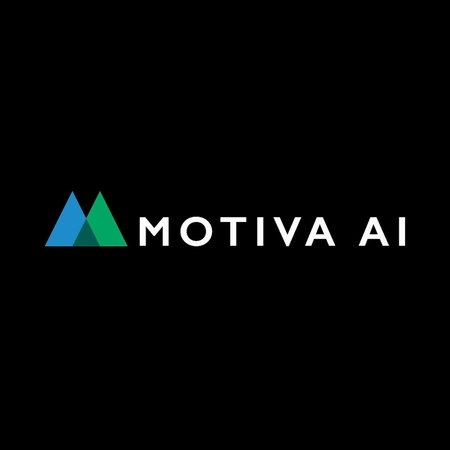Researching Health

University Health Network is a collaboration between Downtown Hospitals and the University of Toronto, providing a platform for clinical treatments, and continuous research on improvement of patient care.
Dmitri Sotnikov is the maintainer of the Luminus Web
Framework and author of the book Web
Development with
Clojure.
He plays an active role in the local vibrant Toronto Clojure community,
and is an enthusiastic evangelist for the language, going by the handle
Yogthos.
I caught up with Dmitri for a Q&A, before meeting in person in Toronto.
Jon: What functionality does the University Health Network provide?
Dmitri: We build applications for clinical use that capture information from across the whole of a patient’s workflow, from initial consultation through to treatment. This information goes onto the patient’s chart, along with information from their family doctor.
The platform contains forms that people will fill out and is used hospital wide, catering for multiple users working on the same datasets simultaneously, like Google Docs. Doctors fill out the medical parts and pharmacists will complete medications. Medical professionals from a range of different disciplines collaborate, impacting the design.
On a technical level, this involves pushing data changes out to various clients, working out which fields should be locked and so on, involving business logic. We also generate reports; I built and open sourced the clj-pdf library that we used for building PDFs.

Clojure
Jon: What was your journey to finding Clojure?
Dmitri: My prior experience was J2EE enterprise; I found this took a lot of boilerplate to get the application going and the business logic was lost in all of this. I found that when you write so much code, you become attached to it, and then you’re really reluctant to change it unless you absolutely have to.
Also the development process/cycle is slow. If it works minimally, functionally, it’s good enough.
Once I realized this, I looked at other technologies. I played around a bit with Haskell, and I became interested in the functional over the imperative. I enjoyed working with Haskell - I used it personally for a year - but it’s not the kind of language that you can put in production like you can with the JVM. Everything is different; Haskell has its own runtime and deployment tools etc. But what Haskell did give me was an appreciation for the functional style, the quick iteration and local reasoning about code.

Jon: And then… Clojure?
Dmitri: I started to look at the FP languages on the JVM and the main two were Scala and Clojure. Scala was superficially closer to Java. It has functional structures - this is great - but then I wrote programs the same way I would in Java and found I wasn’t really taking advantage of the functional aspects. The other problem is that the language is complex. I had difficulty reading my own Scala code.
This led me to learn Clojure. Initially it was jarring - the language and syntax is so different - but then there is a lot of regularity to it. The small number of constructs put together then becomes very powerful.
I wanted a simple way to solve problems without additional complexity. I wanted something to let me focus on the problem I was trying to solve.
Jon: How did you introduce Clojure at work?
Dmitri: Initially by creating some internal tooling, something to check logs and databases. This was low risk and it let me try Clojure in production in a safe manner where it didn’t affect the business.
I started with three developers who used Clojure to start playing with ideas. Clojure got into production because the prototypes that we built worked, and we had people wanting to support them.
If you are going to introduce Clojure into a workplace, then it’s important to do it in a responsible way. We have had situations where people have introduced new technologies, and have done so successfully, but then they leave. We have to reduce the getting-hit-by-a-bus factor by making sure the technologies we choose are a good fit for the organization and are able to be supported appropriately.
Jon: How did you find up-skilling and training others?
Dmitri: You need to consider the human factor when introducing technology. It’s getting better now, but there’s a lack of Clojure documentation for beginners, which is a problem. There are lots of blog posts but they are outdated.
I think it’s so important to have central documentation and this why I built Luminus. I try to keep to Luminus up to date.
Clojure Docs is the best resource for API documentation as it has examples.
Jon: Yeah, Clojure Docs is cool.
Dmitri: Another issue for newcomers is the development environment. Both Cursive and Emacs require investment to learn; there’s no environment that people can start using quickly. I’ve seen people using Clojure in Atom/Sublime and struggle without parenthesis management, and they’re like, “How do people work with this? This is terrible!”
Or they develop without the REPL and they’re not getting the live development workflow benefit, just getting the slow compilation times! I think this drives a lot of people away for the wrong reasons.
I think this is where ClojureScript is helping a lot, because it’s something people can try easily and quickly. I taught a workshop last year for JavaScript developers. We focused on Reagent and allowed them to use their own favorite editor. Because of Figwheel they were getting live reloads in the browser, and without worrying about the REPL, they could already see the live workflow really quickly. This was a big success.

Jon: Tell me about Luminus?
Dmitri: About six years ago in Clojure, a lot of the ecosystems didn’t exist, so I created Luminus to allow us to build applications in a consistent way. Selmer was a familiar templating language for us initially. Now the backend is Hiccup, which integrates well with ClojureScript and Reagent.
ClojureScript is helping people to try Clojure very quickly. Luminus has a ClojureScript template with Lein, Figwheel, and Reagent, that brings up a webapp with the live code reloading in the browser.
Jon: Luminus uses templates and newer frameworks such as Duct and Arachne are using modules. What are your thoughts on modules vs templates?
Dmitri: Duct is inspired a lot by Arachne, the newer version using Integrant is promising.
There are pros and cons to both approaches. The difference is how you do your wiring in your application. Luminus gives you a template where the wiring is done directly in the application, but with the module approach you do the wiring outside as data.
Everything you can do with modules you can ultimately do with libraries. It’s rare to switch out your database so you don’t need to optimize the wiring up of the database. The biggest job will be swapping out your SQL and changing syntax.
I also find that it’s easier to reason about the wiring I wrote myself. If there’s indirection involved, then I have to understand how the indirection works, and keep that in my head.
So that’s why Luminus is sticking with the template approach. Once you generate your application from a template, and it works the way you need it to, then you can focus on the parts that you actually care about.
Jon: But templates are a one-off, so once you’ve used the template for your application, that’s it. Whereas with Arachne and Duct, they will be continuously updated. You keep upgrading and suddenly you’ll get all the nice things.
Dmitri: You might still have to make some changes in your code when you upgrade, so I don’t see too much difference from updating library dependencies.
Jon: I guess it’s a bit like using Clojure wrapper libraries that wrap the Java ones, sometimes they can lag behind the main library, or that they expose a semantically different API. Now I just want to I go straight to the raw library wherever I can, I want to minimize the amount of wrappers.
Dmitri: This is exactly what I found as well. Ultimately, in my experience, the most maintainable code is the code that’s the most direct. So the less indirection I have, the easier it is to come back and relearn it. And this is why, even if there is a bit more friction updating libraries and so on, I ultimately have more confidence that the code is doing what I want it to be doing — because I wrote it!
Clojure has a good story for libraries keeping the API stable. This is
partially because the libraries tend to be well focused, they tend to
solve a single problem. Often you hear people worry that,
”Oh this library hasn't been updated in two years.” But it works.
Jon: Why do we keep libraries stable? Is it just because it’s a simpler language and less code?
Dmitri: I think that plays a role, but a bigger part of it is the community mindset. Because the community is discouraged from making these big omnibus libraries from the start, so the libraries tend to be fairly short. When you look through most libraries, they have a few hundred lines of code in them. Often under a thousand.
Hiring
Jon: How have you found the hiring process?
Dmitri: No problems. We’ve never hired a Clojure dev; the last one we hired had experience of C#, .NET, and PHP. We don’t expect people to know functional programming when we interview them, but we do ask about algorithms, data-structures, and what projects they have been on.
Ultimately I like to treat interviews as a pair-programming exercise. The last person applied because he wanted to do something different - he wanted to try Clojure and learn it. It took a couple of weeks for him to ramp up.
I would say that it’s easier to hire a junior Clojure developer than a senior one. People just out of school are still of that mindset that they’re learning things, and they have fewer preconceptions about how you write applications and how you should structure code in the real world.
State of Clojure
Jon: What’s your view on Clojure: how could it be improved? Where is it going?
Dmitri: It’s very exciting, ClojureScript has the potential to have a much bigger reach.
People who work with JavaScript are more receptive than those working with Java because a) they’re working with a dynamic language already and b) the way a lot of people use JavaScript now is fairly functional.
A lot of Java developers don’t really feel that Java is a bad language. Whereas a lot of JavaScript developers do agree that JavaScript is problematic. The concept of using hosted languages such as ClojureScript and TypeScript is very popular and has become accepted within the JavaScript community.
The Clojure tooling is also better (Leiningen and live code reloading). With JavaScript there are usually three to four different tools that you have to juggle.

Jon: Do you see Clojure adoption growing?
Dmitri: It is growing, but it’s important to have a grass-roots community of people trying it out on their own. This is what contributes to libraries, to people writing guides and documentation and telling their friends about it.
It’s important for those of us who are professional users to be sensitive towards the people starting out. Once you have internalised the development experience of working with Clojure, we can often forget what it was like to start out and to learn a new language with a new editor and a whole new paradigm.
For example a lot of people in the community, when they see discussions like “I don’t see the problem with stacktraces and error messages”, they are not thinking of the new users.
Jon: I’m guilty of that.
Dmitri: The only reason I’m cognisant of this is because I work with beginners often. Day to day I end up checking myself: “Wait! I thought this was obvious, but clearly it’s not.”
The way for Clojure to grow is to reduce friction for beginners.
Jon: What’s the state of Clojure in Toronto?
Dmitri: It’s growing significantly. When I started going to a meetup four years ago, everyone was doing Clojure as a hobby, but today pretty much everyone is doing it professionally. For a few years it wasn’t obvious that it would be big here - but now it is.
Tech shout out
Jon: What are your favorite technologies at the moment?
Dmitri: Definitely Reagent and re-frame, the Ring stack of Ring/Compojure/Compojure-API/Sente.
Reagent introduces very few concepts, and once you have the concepts you can go and build largescale apps, which isn’t the case for React itself.
Sente has been really great for us, because our application uses websockets. We started hand rolling our own originally, but we found there were a lot of problematic edge cases such as reconnects, Ajax, error handling and so on. Sente actually added a lot of value, so I have to give a little shout out to it!
In future we may start using GraphQL, whatever we put into the Luminus template.
I’m really enjoying HugSQL for the database access. I really like the concept that you can write plain SQL.
Jon: I’m quite a fan of HoneySQL.
Dmitri: I think HoneySQL is great - it’s similar to Hiccup in being a data structure - it’s just in our case we don’t need to make composable queries and we often work with DBAs. It’s very easy for us to grab something from DBAs and stick it in the file — done!
Editors

Jon: What editor do you use?
Dmitri: I’m using Cursive. I started out using Eclipse for Java development and when I started using Clojure, I started using Counterclockwise. When Cursive came out I was like, “Oh, this is like what I’m used to — but better!”
Familiarity is important. I don’t think I would have started using Clojure if I wasn’t able to use it from Eclipse originally. A new language in the same environment was low friction. If I had to use Emacs maybe I would have learnt it, but maybe not, it’s hard to say how it would have gone.
I think it’s really important to have editors that people already know. You want people to focus on Clojure as a language, and keep everything else the same.
Resources
Checkout Dmitri’s twitter, his GitHub, his book, his blog, and the University Health Network.



